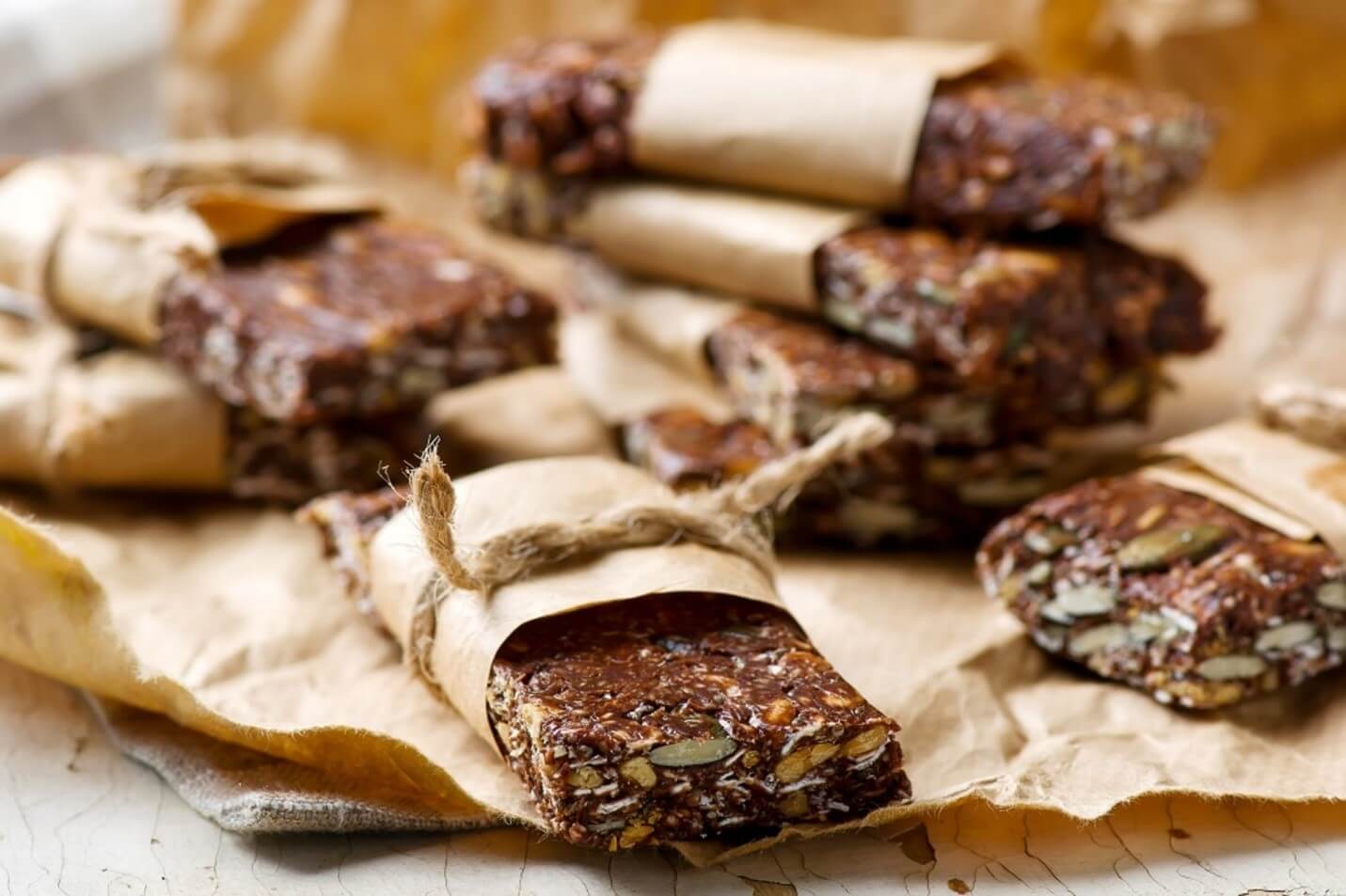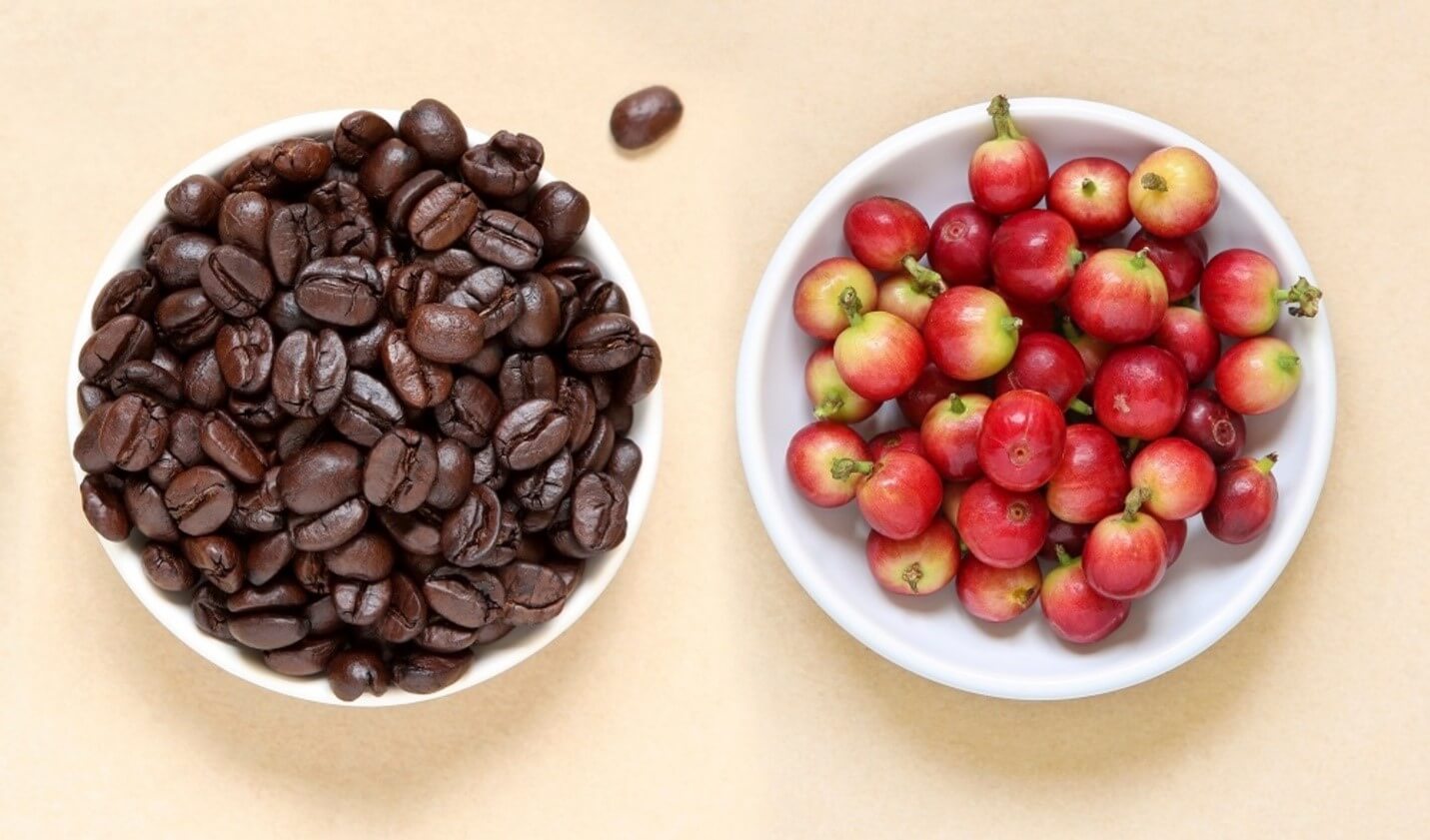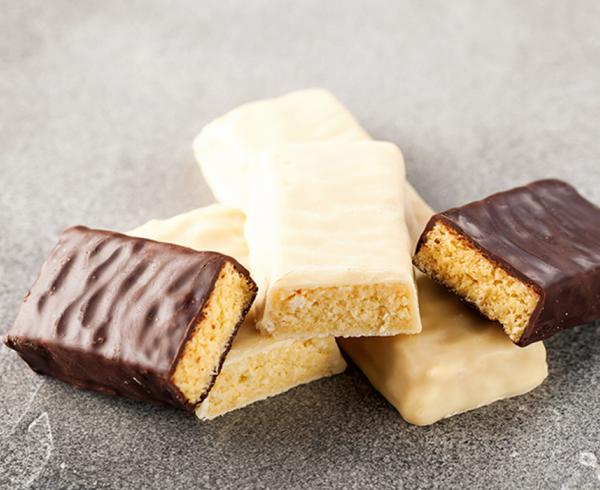Most Common Bar Processing Methods
Global growth in nutrition bars has made the nutrition bar category increasingly competitive but also full of opportunity. Nutrition bars not only address consumers’ interests in healthy snacking but can also meet a wide range of needs. While there are variety of ingredients from which to choose (including macronutrients, micronutrients, and functional ingredients), most manufacturers are using one of two common bar processing methods.
The first method is known as slab forming. After the wet and dry ingredients are mixed together, they’re run through a slab former—a machine that uniformly deposits the mixture onto a conveyor to create a long slab. At this point layers and toppings can be added. Next, the sheeted mixture passes under a roller which compresses the slab. After this, the slab is cut twice—once by the slitter into several long strips and then again with a perpendicular cut by the guillotine.




